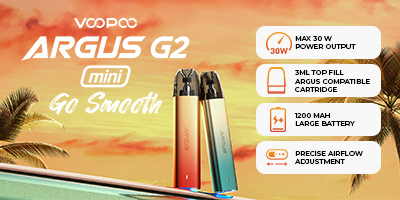-
April 30, 2025
Music festivals are more than just booming bass and good vibes, they’re a prime opportunity for vape shops to tap into surging seasonal demand. Events like EDC, Coachella, and Lollapalooza attract...
-
April 02, 2025
Music festivals like EDC Las Vegas bring in massive crowds looking for convenience, quick purchases, and festival-ready essentials—including vape products. For vape shop owners, this presents a huge...
-
February 26, 2025
In today’s competitive vape industry, having a well-informed staff can make or break your business. Customers aren’t just looking for products—they’re looking for guidance, expertise...
-
February 05, 2025
Strategies for Small Vape Shops Competing with Big Chains
... -
January 08, 2025
The Rise of Disposable Vapes: How Retailers Can Capitalize
... -
December 11, 2024
Tucker Carlson’s New Nicotine Pouch: ALP’s Entry into a Crowded Market
... -
November 13, 2024
The vape industry is rapidly evolving, with constant developments in innovative vape devices, flavors, and delivery methods. As new technologies emerge and consumer preferences shift, it’s essential...
-
October 16, 2024
Packaging plays a significant role in the wholesale vaping industry, affecting everything from product protection and consumer convenience to brand perception and regulatory compliance. As the vaping market...
-
September 18, 2024
In the highly competitive vape industry, retaining customers is essential for long-term success. Vape shop owners and retailers need more than quality products—they need effective customer retention...
-




















